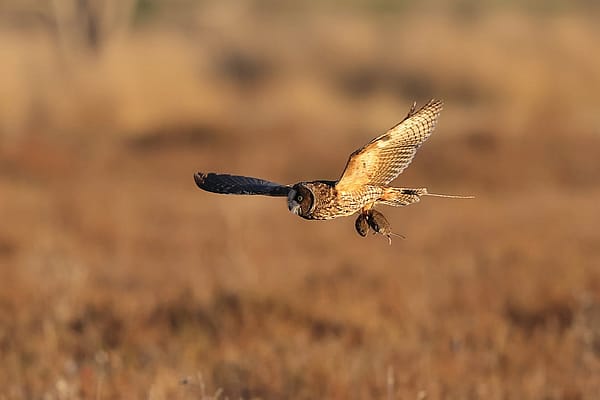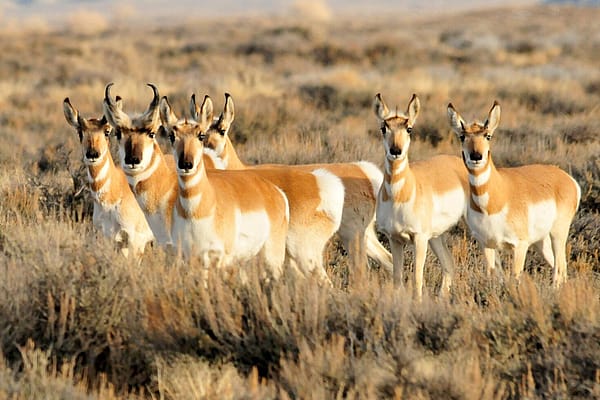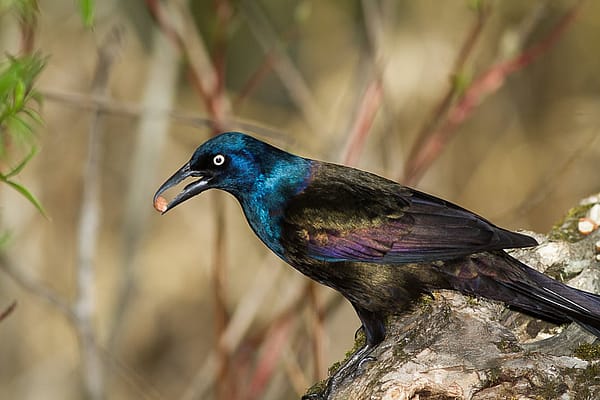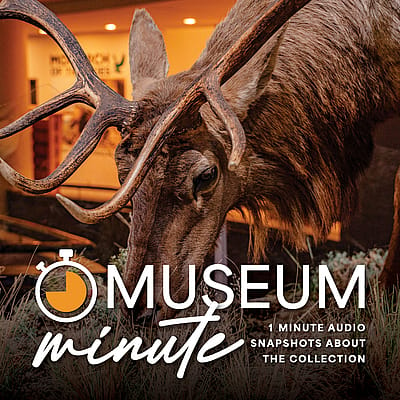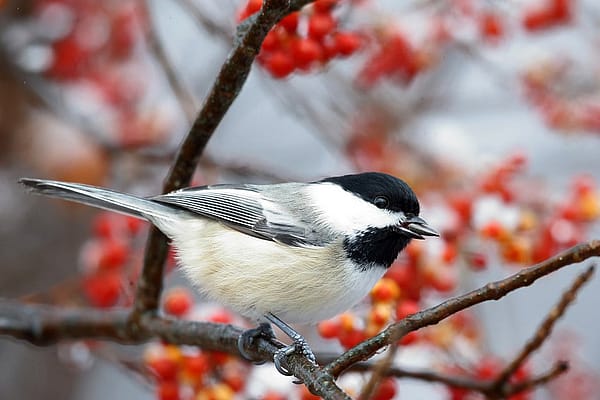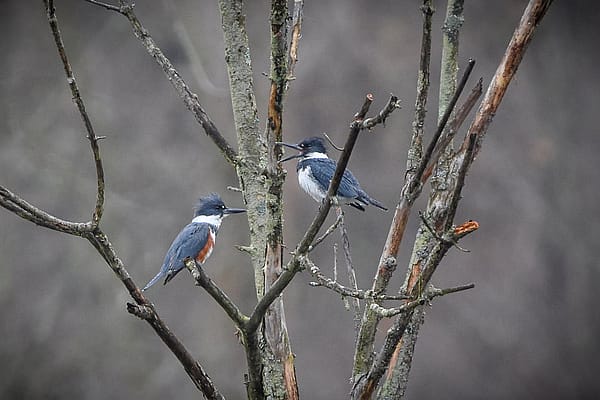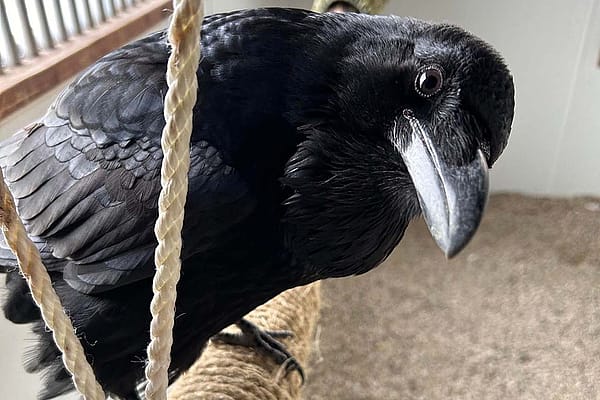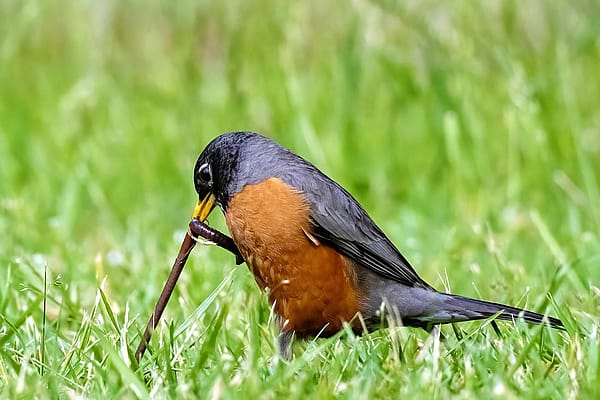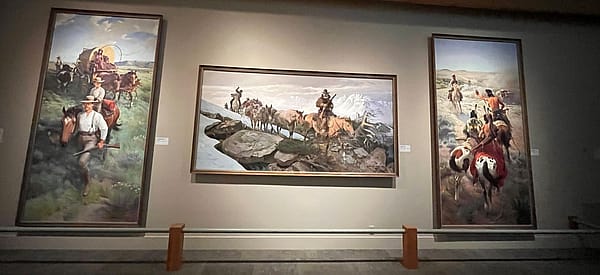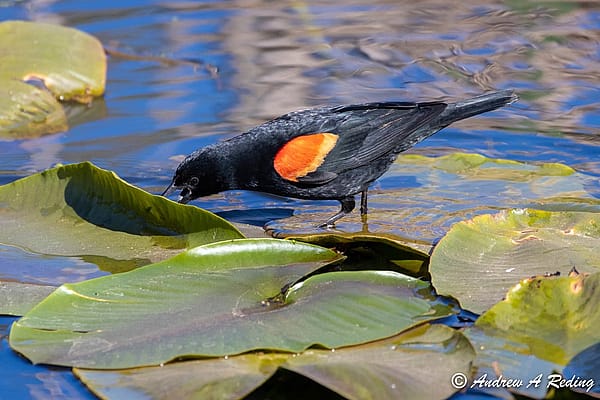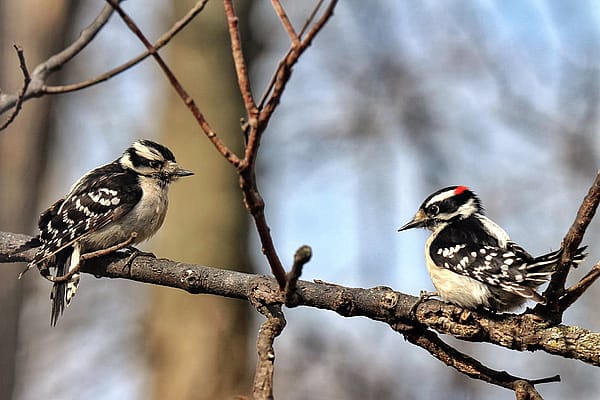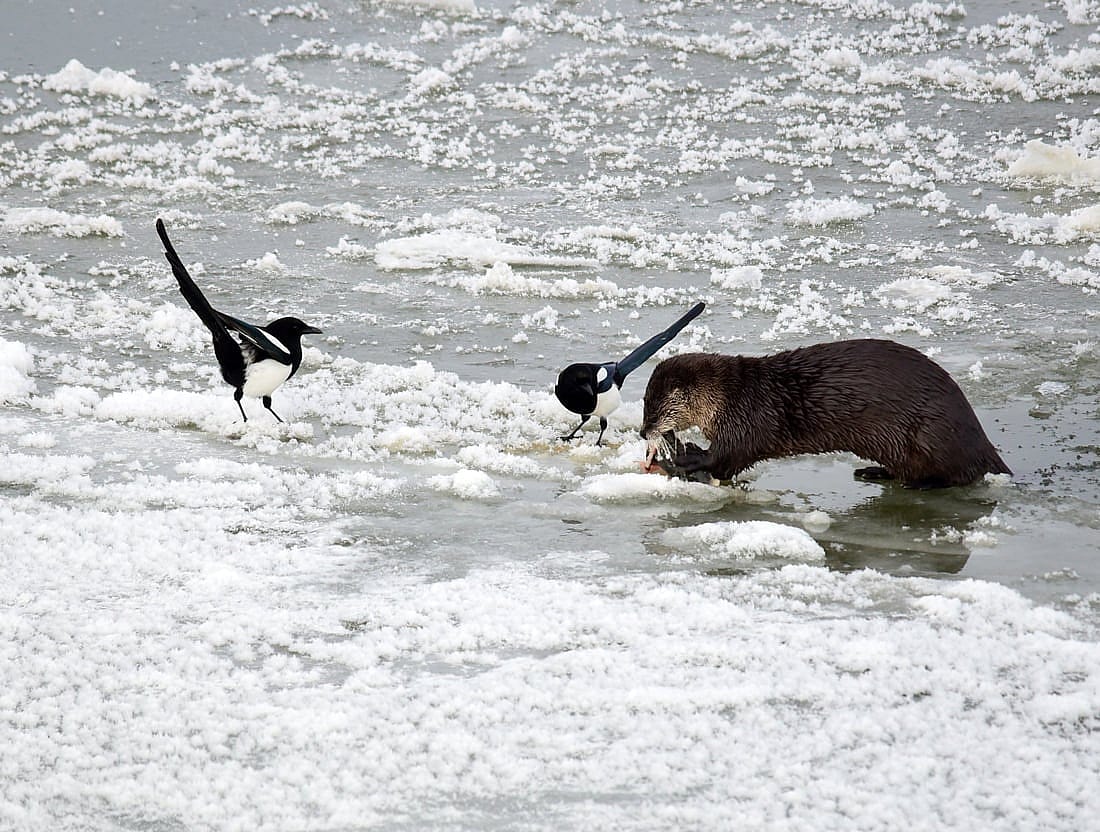
Black-billed Magpies, Friends or Foes?
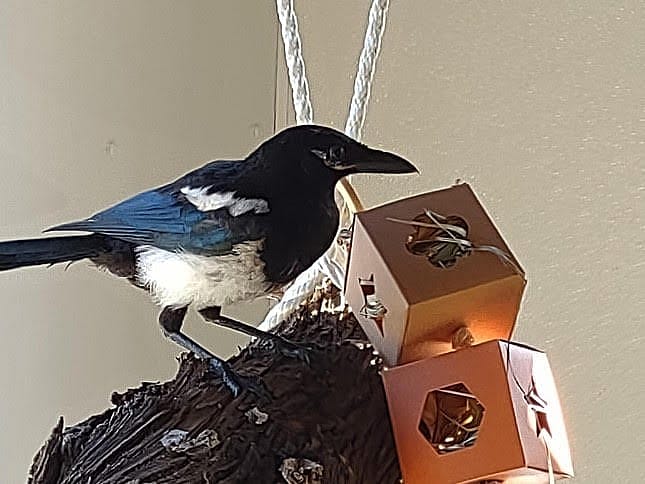
Black-billed Magpies seem to be birds that raise conflicting feelings among people. As a member of the Covidae family which includes ravens, crows, and jays, they are one of the most intelligent birds. However, in the eyes of some people they are hated. In this blog I will address why various people hate them, as well as why others love or at least like them.
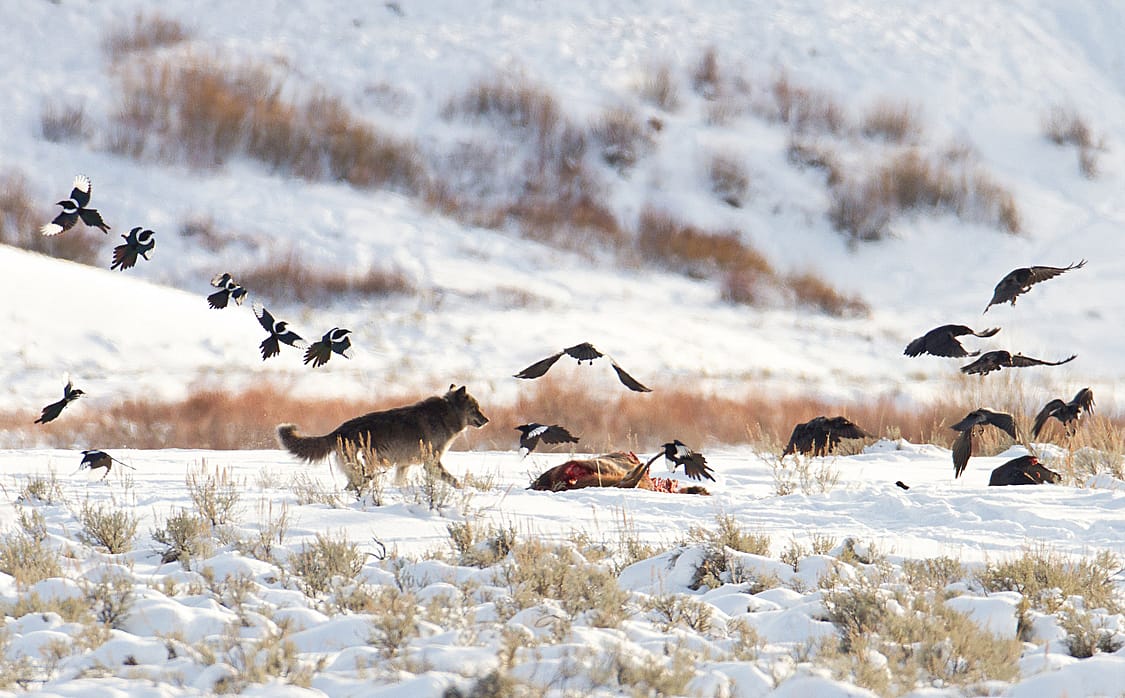
What Do Black-billed Magpies Eat?
Magpies feed on a wide variety of items including fruits, grains, ticks, and insects such as caterpillars, flies, beetles, and grasshoppers. There is a cow pasture behind our property, and I have observed both magpies and Sandhill Cranes turning over cow pies while searching for insects.
They also will kill small mammals such as mice, voles, and squirrels along with raiding birds’ nests. Carrion is another important food source. This provides an easy meal and may also offer up fly maggots living on the carrion.

Magpies can be thieves, stealing a meal from such animals as coyotes, foxes, wolves, and other carrion eaters. They may even steal from you. Lewis and Clark reported magpies entering their tents to steal food. But don’t hold that against them. Many animals, including raptors, steal from others. Check out my blog Kleptoparasites: Pirates in the World of Birds. https://centerofthewest.org/2019/03/25/kleptoparasites-pirates-world-birds/
Why Some People Consider Black-billed Magpie Pests, or Even Hate Them
The reasons people hate magpies often have to do with their diet. At least as far back as the early 1900s ranchers believed that magpies would kill livestock. According to the Montana Fish, Wildlife and Parks webpage, “Magpies have a long history of conflict with humans and were extensively exterminated in the 1920s and 30s.” Today the Black-billed Magpie population is of least concern due to the protection they have since they were added to the Migratory Bird Treaty in 1982. This means that you can not disturb active nests, take their eggs, keep their feathers, capture them, kill, or injure them.
Observers often see magpies standing on the backs of large animals. As a result, when people observed them pecking away on livestock, they often got the wrong impression. It might look like the bird is pecking a hole to feed on the meat below the skin. But it is well-documented that it is common for magpies to land on livestock as well as large wild animals such as moose, elk, and deer to pull off ticks, which is beneficial to the animals.
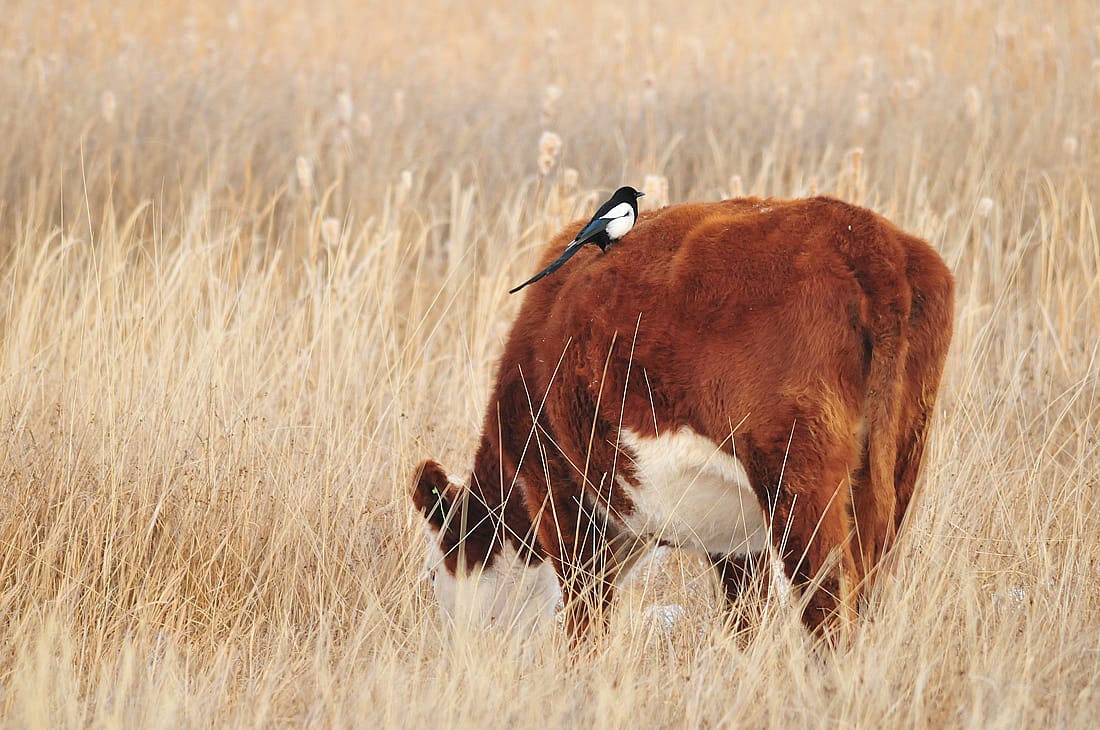
On the other hand, there are documented observations of magpies pecking at cuts and nicks on freshly shorn sheep as well as fresh brands. Consequently, this can enlarge wounds leading to serious infections. Even so, this is not reported to be a common occurrence.
As previously mentioned, Black-billed Magpie will prey on bird nests. This can be very upsetting to many people. However, one must remember that there are other bird species that do this. For example, the popular and much loved Great-horned Owls will gladly pick up a chick from an unguarded nest. Even so, scientists tell us that eggs and nestlings make up only a tiny portion of the bird’s overall diet, so don’t despair too much.
At times magpies can cause problems for farmers as they may feed on crops. People also complain that magpies raid their gardens, eating their berries and, in the process, damaging plants. However, there are possible actions you can try in order to protect your gardens. If you Google the subject you will find many different suggestions on how to deal with this problem. Here is one such webpage to give you a start. https://www.almanac.com/content/how-keep-birds-away-your-garden
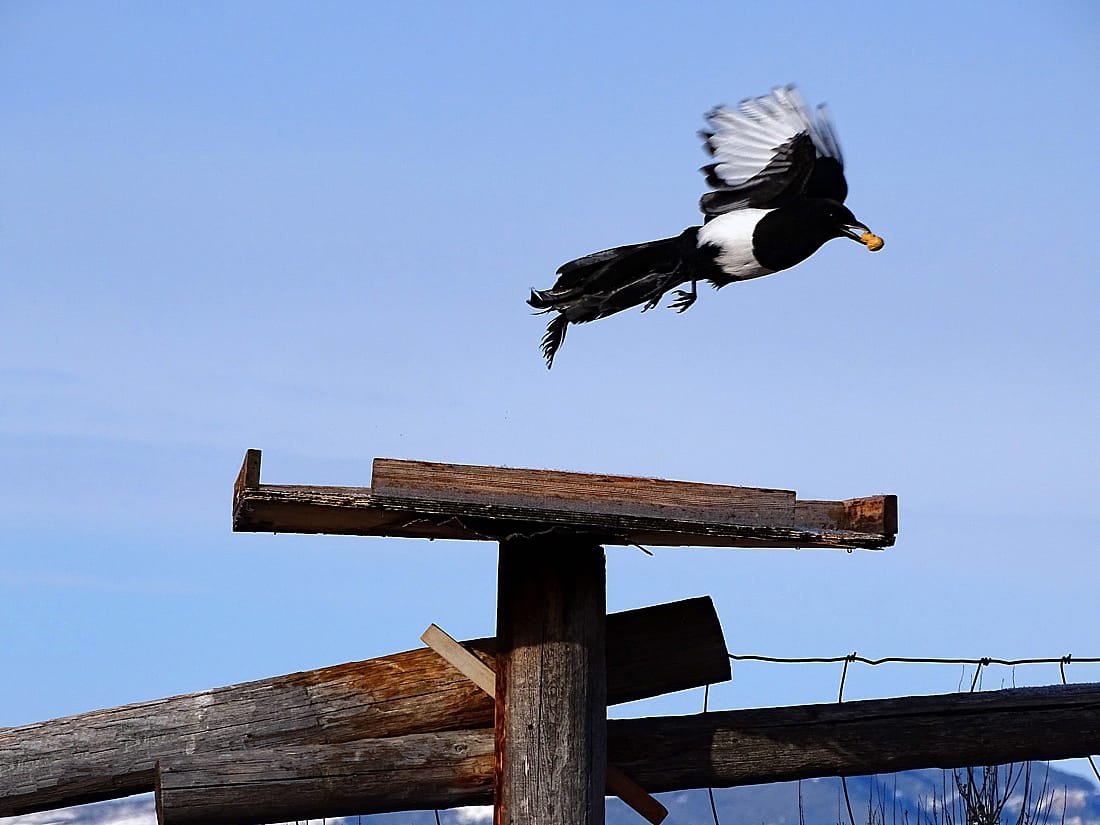
Why Should You Like or Even Love Black-billed Magpies
Since part of a Magpie’s diet is carrion, they help to keep our planet and us healthy. Without our carrion eaters, carcasses would draw in unwanted insects, bacteria, and odors. Magpies, therefore, help reduce the spread of disease which could otherwise infect animals – including livestock and humans.
Magpies are funny, clever, and intelligent birds with the result being they are fun to watch. If you have magpies in your area, they will gladly come to your yard. They especially enjoy feeding off of a platform. The Cornell Feeder Watch Program recommends black-oil sunflower seeds in the shell, shelled peanut hearts or unsalted peanuts in the shell, suet, cracked corn, fruit, millet, and milo.

I feed wild birds, including placing a few peanuts on a tray. Magpies, as well as a couple grackles, love the peanuts. Since there are usually less peanuts than birds, it’s a first come, first serve situation. Flying in when there is competition, they will grab a peanut as quickly as possible and leave. I have observed them swiftly hiding their peanut, and returning immediately to grab up another.
However, if one arrives without others nearby it may take its time. Picking up and dropping the peanuts, the bird will carefully choose the one it believes to be the best.
We also have one that perfected a method of placing one right next to another, then picking both peanuts up and making off with two. At first it struggled to line them up just right, but now it can come in and quickly complete the lineup. A few others soon learned this behavior, either by figuring it out on their own or observing the first bird.
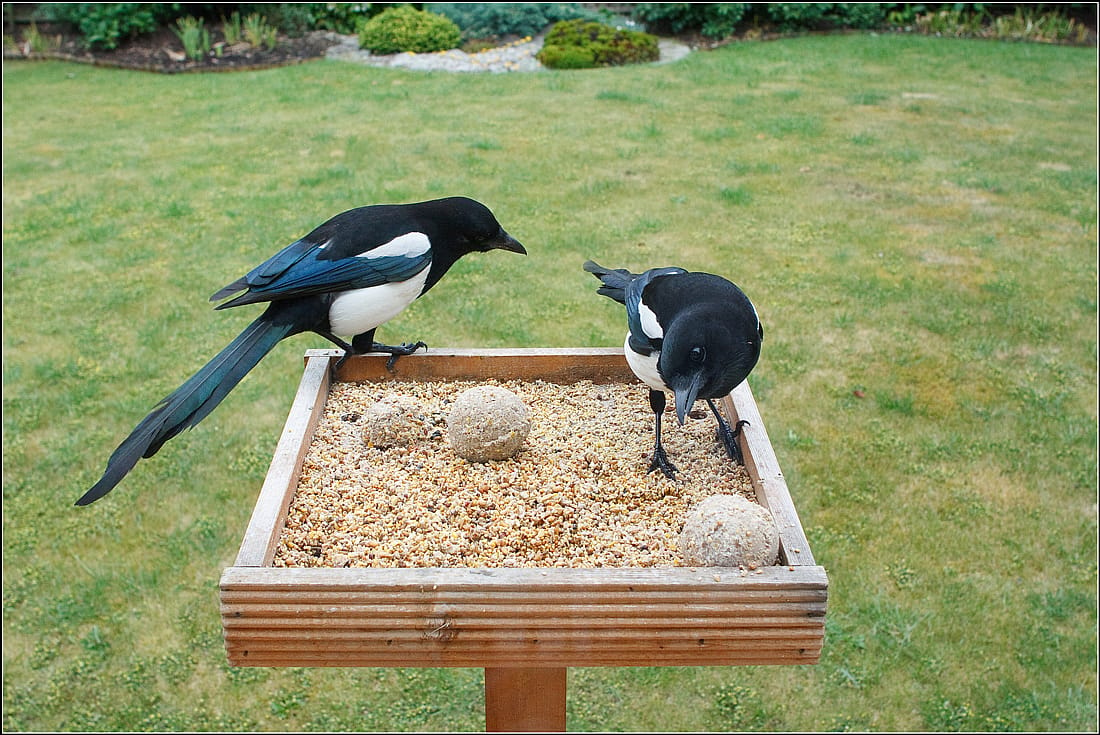
Magpies and other corvids like to pull tails, which always makes me laugh. Over the years our magpies have learned to enjoy a little of the cracked corn I put out on a ground feeder. If a pheasant is visiting and a magpie arrives it will at times march around the feeder sizing up the pheasant. Then it may come up behind the pheasant to give its tail a tug. Sometimes the pheasant ignores this rude behavior, but at other times it moves away from the corn.
I’ve seen videos of magpies and other corvids pulling tails of many types of wild animals, as well as those of horses, dogs, and cats. They may even pull the tails of other magpies. Are they doing this just for fun? Sometimes, like with the pheasants, it’s just to move an animal away from something they want. However, at other times it looks like a fun game. Watch this video for examples of corvids pulling tails. https://www.naturebob.com/we-pull-tails
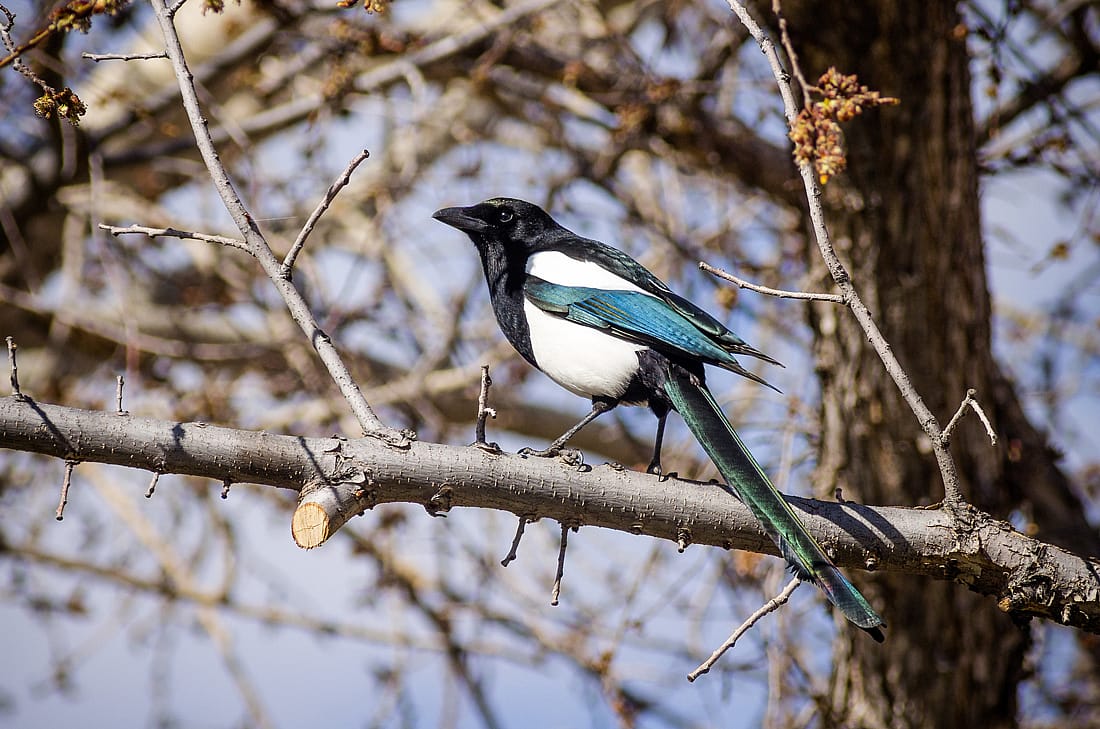
Magpies are beautiful. Take a look at them in the sunshine and marvel at how their wings and feathers shine with iridescent colors of greens and blues. The contrasting white and black also adds to their splendor. Furthermore, they sport a tail as long as their entire body length adding a a unique look.
Magpies are loyal and will stay together as long as they are both alive. They work together to construct wonderful nests. The male gathers the sticks for the outside while the female works on the inside creating a mud bowl which she lines with plant materials. It may take as long as 40 days to construct the nest. These nests are large, dome shape structures, providing protection for the eggs and chicks that are raised within the nest. Once you have seen one, you will always recognize it as belonging to magpies.

Lastly, how intelligent are they? Many experiments with various species of magpies show that they can often imitate human speech, work in teams, love games, recognize themselves in mirrors, and, depending on the research you read, may even make and use tools.
Mirror test shows magpies aren’t so bird-brained: https://www.youtube.com/watch?v=HRVGA9zxXzk
Magpies Seem to Have Funerals
According to Cornell’s All About Bird’s website, Black-billed Magpies have a behavior which many call a “funeral.” Cornell describes it in this way – When a magpie discovers a dead magpie, it begins calling loudly. This then attracts other magpies. Up to 40 birds have been seen gathering, all “raucously” calling.
Cornell goes on to state that this may last for 10 to 15 minutes. The birds then fly off silently. It is not understood why magpies do this. One thought is that since magpies know each other, it is possible that they just want to know who is dead. The death of a dominant magpie, for example, would effect the social structure of the group.
Check this video for an example of funeral behavior. https://www.youtube.com/watch?v=60Zg9sGnQf8
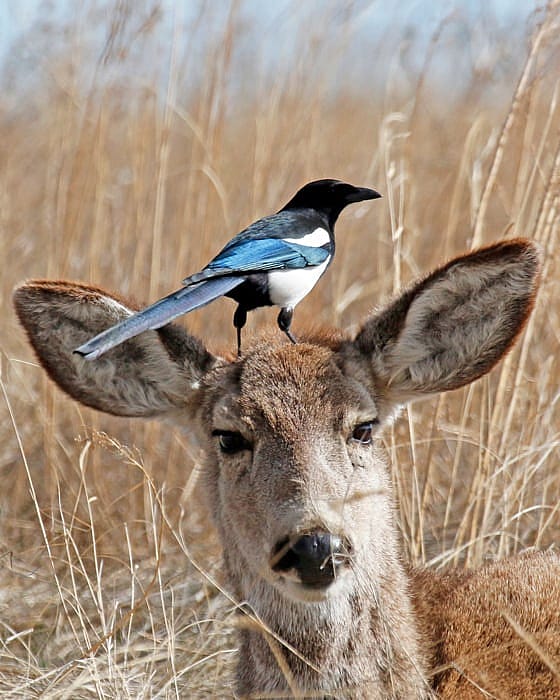
Pearl? What’s in the name?
If you read the caption to my opening photo you will notice that our magpie here at the Buffalo Bill Center of the West is named Pearl. If that seems a little strange there are a couple of things to consider.
The word pearl probably brings to mind the beautiful pearls that adorn many pieces of jewelry. Pearls are famous for their distinctive beauty which almost seems to glow. As I point out in this blog, Magpies are beautiful birds with iridescent colors that gleam as they stand in the sunshine. So in that way the name fits, but that is not why she has the name.
Magpies are birds that are often considered villains. For this reason we feel it is only fitting that our magpie be named for the famous female stagecoach robber, Pearl Hart.
Follow this link to the story of this famous outlaw: https://www.legendsofamerica.com/we-pearlhart/
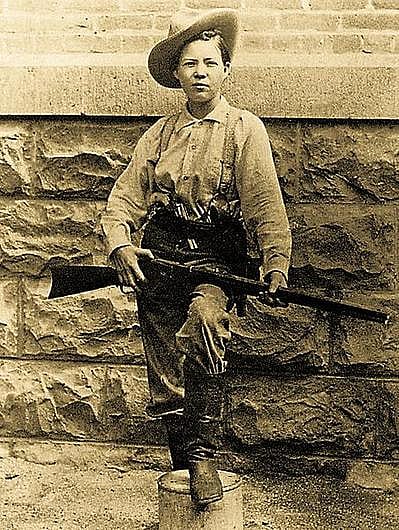
Friend or Foe?
In conclusion, magpies may, in rare cases, be destructive to gardens, ranches, and farms causing understandable negative feelings.
On the other hand, it is known that they feed heavily on carrion, insects, and small rodents. This means that while they are visiting your yards and farms they may be helping to keep your mouse population down as well as consuming harmful insects. Furthermore, as one of our important carrion feeders they help to keep our planet cleaner and healthier. As a result, magpies are widely considered more beneficial than destructive.
Photo credits:
The Draper Museum Raptor Experience’s new magpie by Melissa Hill, the program director, https://centerofthewest.org/raptor-experience/
Ravens, magpies, and a wolf photographed by Jim Peaco near Soda Butte, in Yellowstone National Park, Public Domain photo.
Magpies hoping for scraps from a river otter, USFWS Mountain-Prairie, by Tom Koerner, https://www.flickr.com/photos/usfwsmtnprairie/
Black-billed Magpie standing on the back of a cow, USFWS Mountain-Prairie photo by Tom Koerner, Attribution 2.0 Generic License, https://www.flickr.com/photos/usfwsmtnprairie/
Magpie grabbing a peanut from tray by author, Anne Hay, https://centerofthewest.org/author/anneh/
Magpie Enjoying a Suet Cake, Philip Bragg, Attribution-NonCommercial 2.0 Generic License – this license allows me to edit a photo as long as I indicate changes made. In the original photo the breast was yellow, I have changed it to a more natural white color. https://www.flickr.com/photos/synx508/
Chasing the Tail by Phil McIver, Attribution-NonCommercial 2.0 Generic License, https://www.flickr.com/photos/philmciver/
Iridescent Colors, Kurayba, Attribution-ShareAlike 2.0 Generic License, https://www.flickr.com/photos/kurt-b/
Mud bowl inside magpie nest by Rich Mooney, Attribution-NonCommercial-NoDerivs 2.0 Generic license, https://www.flickr.com/photos/gonebirding/
Mule Deer and Magpie by John Carr, USFWS Mountain-Prairie, Public Domain Photo.
Photo of Pearl Hart is from Wikimedia Commons
Written By
Anne Hay
Anne Hay has a Bachelor's degree in Elementary Education and a Master's in Computers in Education. She spent most of her working years teaching third grade at Livingston School in Cody, Wyoming. After retiring she began doing a variety of volunteer work for the Buffalo Bill Center of the West’s Draper Natural History Museum. Anne loves nature and has a concern for the environment. She believes that educating the public, so that they will have a better understanding and appreciation for the natural world, is very important. Because of this belief, volunteering at the Center is a perfect fit. She spends time in the Draper Lab, observing eagle nests for Dr. Charles Preston’s long-term research project on nesting golden eagles, writing observation reports of raptor sightings in the Bighorn Basin, and working with the Draper Museum Raptor Experience. Anne states that, “Having a bird on my glove, is one of my all time favorite things in life.”
